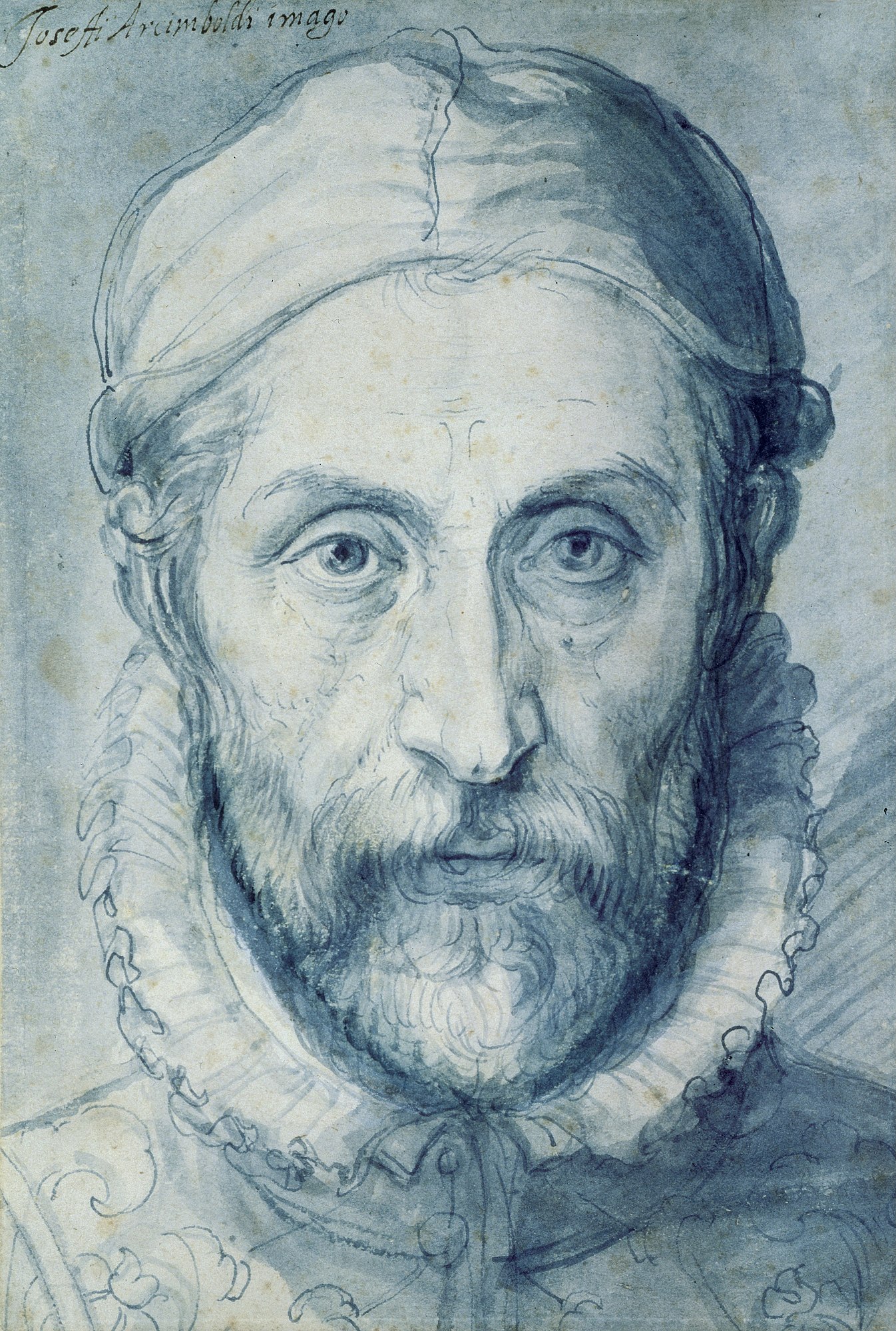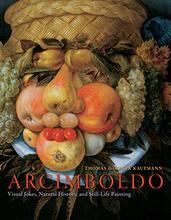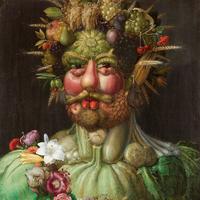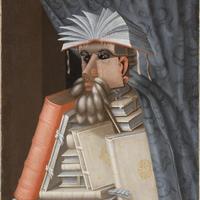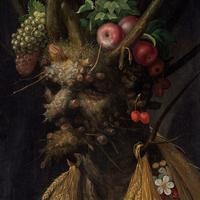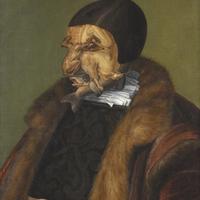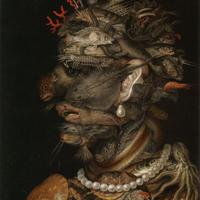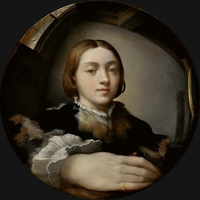More about Giuseppe Arcimboldo
- All
- Info
- Shop
Works by Giuseppe Arcimboldo
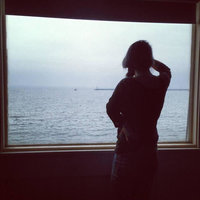
Contributor
Giuseppe Arcimboldo takes the old saying that you are what you eat and applies it quite literally in his paintings.
The most famous of his works are a series of seasons and elements painted for Emperor Maximilian II and later, Emperor Rudolf II. In fact, his art before he entered the court was considered mediocre. It wasn’t until he joined Maximilian II’s court in Vienna that he got his big break. Maximilian’s court introduced him to other like-minded intellectuals of the day who dabbled in art, literature, botany, zoology and even high magic. During the Renaissance, high magic was considered a serious science apart from the common folklore magic. Arcimboldo himself was interested in botany and zoology and often designed costumes for festivals he was requested to organize.
Among these eccentric intellectuals, Arcimboldo found his place, fitting in with the mannerist painters of the Renaissance. Mannerists were the rebels of the day, rejecting the mainstream Renaissance art that was based on classical harmony and opting for style, wit, and obscure symbolism. His art has inspired a variety of artists from surrealists like Salvador Dali to animators of Tale of Despereaux.
A character named Boldo appears in the animated movie Tale of Despereaux that isn’t in the books. The name “Boldo” is clearly a reference to the artist and the character is the cook’s genie made entirely of fruits and vegetables. Boldo looks very much like Arcimboldo’s famous series of seasons that is exhibited at the Louvre Museum and the Kunsthistoriches Museum.
Sources
- Anderson, Ana Maria, “Arcimboldo and The Tale of Despereaux,” Books Together, October 18, 2010. https://anamariaanderson.com/blog/2010/10/18/arcimboldo-and-the-tale-of…
- Klaasen, Frank, The Transformations of Magic: Illicit Learned Magic in the Later Middle Ages and Renaissance, (University Park, PA: Penn State Press, 2013), 158.
- “Mannerism,” Encyclopedia Britannica, last updated: January 13, 2016. https://www.britannica.com/art/Mannerism
- Puchko, Kristy, “15 Strance Facts About Arcimboldo,” Mental Floss, April 18, 2017, http://mentalfloss.com/article/72126/15-strange-facts-about-giuseppe-ar…
- Shank, Ian, “The Renaissance Artist Whose Fruit-Faced Portraits Inspired the Surrealists,” Artsy, September 8, 2017. https://www.artsy.net/article/artsy-editorial-renaissance-artist-fruit-…
Featured Content
Here is what Wikipedia says about Giuseppe Arcimboldo
Giuseppe Arcimboldo, also spelled Arcimboldi (
Italian: [dʒuˈzɛppe artʃimˈbɔldo]; 5 April 1526 – 11 July 1593), was an Italian painter best known for creating imaginative portrait heads made entirely of objects such as fruits, vegetables, flowers, fish and books.
These works form a distinct category from his other productions. He was a conventional court painter of portraits for three Holy Roman Emperors in Vienna and Prague; also producing religious subjects and, among other things, a series of coloured drawings of exotic animals in the imperial menagerie. He specialized in grotesque symbolical compositions of fruits, animals, landscapes, or various inanimate objects arranged into human forms.
The still life portraits were clearly partly intended as curiosities to amuse the court, but critics have speculated as to how seriously they engaged with Renaissance Neo-Platonism or other intellectual currents of the day.
Check out the full Wikipedia article about Giuseppe Arcimboldo

